Do you remember the first moment you felt connected to the stars? Were you a stargazer, like me, when you were young, or someone who developed an affinity for the cosmos through academia? Well, here are seven everyday moments that sparked my fascination with space and made me an astrophile!
We often think astronomy requires telescopes, degrees, or at least a decent science education. But my appreciation for space came through experiences most would consider ordinary—from watching movies and documentaries to arguing about constellations and the size of the solar system. These seven moments left a lasting impression that fostered a life-long admiration for the stars and the cosmos that textbooks alone never could.
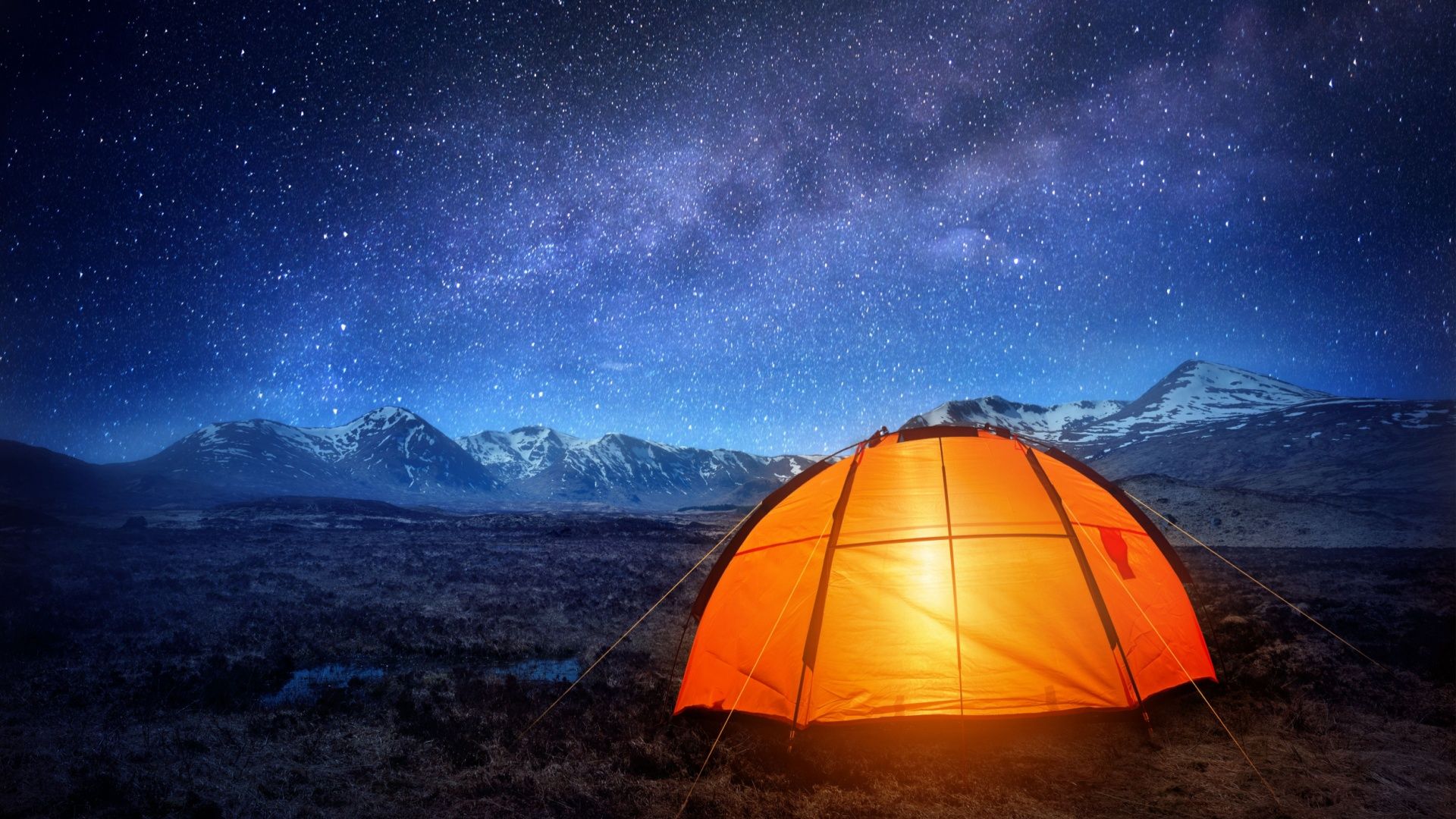
Related
What I Learned From Spending a Night Under the Stars
One night can change your life.
7
Walking Through Moonlit Streets During Blackouts
When I was a kid, blackouts were frequent visitors—sometimes announced, often unexpected. But there was a literal silver lining to these dark interruptions, as nighttime streets drenched in moonlight looked absolutely surreal—especially when there was a full moon.
The air was much cleaner than nowadays, and without any light pollution, the sky just lit up with countless brilliant twinklers. I used to sneak out to visit the local park during these blackouts, find a quiet spot to sit and take it all in—the empty moonlit roads, leading up to the silhouettes of the nearby buildings, and the vast canopy of stars above me.
This accidental stargazing habit had me checking lunar phase calendars and tracking when the next full moon was happening even before I learned about astronomy in school. I’d feel a quiet excitement when the power cut out during a full moon, knowing the universe was about to put on its show again!

Related
What Are the Moon’s Phases and Why Do They Matter?
The Moon’s phases affect humans and nature.
6
Learning There Is Something Beyond the Solar System
School science classes thoroughly covered our solar system. I could recite the planets in order, knew about their moons, and understood that Pluto (still classified as a planet) marked the edge of our cosmic neighborhood.
Since there was no specific mention of stars, I just figured that they populated the space between the planets, and that Pluto was sitting at the edge of the universe, after which there was—nothing! I confidently expressed this idea to one of my teachers and he gently but effectively detonated my entire concept of the universe.
Not only was there something beyond our solar system, but the scale of what existed out there defied comprehension. Our sun was just one of billions of stars that we see in the night sky which made up our galaxy. And there are billions of galaxies that make up the observable universe—that is the universe that we can just see. There are also a lot of universes outside the universe that we can see, and possibly they’re infinite and filled with infinite stars and planets.
Talk about giving a child an existential crisis, especially one who thought he could count all the cosmic bodies using the fingers on his hand.
5
Disbelieving Constellations Were a Real Thing
My first real argument about space happened in either kindergarten (or maybe first grade). A friend casually mentioned constellations, describing how specific stars are arranged together to form shapes of animals, people, and objects. I confidently declared that this can’t be a thing—you can’t just randomly connect dots in the sky and say it’s a bear or a hunter.
Our heated debate caught the attention of our teacher, who quickly confirmed that yes, constellations were indeed “a thing” and had been for thousands of years across cultures. I was genuinely baffled—it seemed so arbitrary! Why those particular stars? Who decided that the specific pattern looked like a lion or a man and not something else entirely?
My defeat in this playground debate sparked a curiosity that school textbooks never could. I began checking out library books about constellations, learning their names, stories, and how to find them. This is how I got interested in actually reading about the cosmos and understanding how humans have mapped the sky throughout history as a tool to navigate the earth or harvest crops!
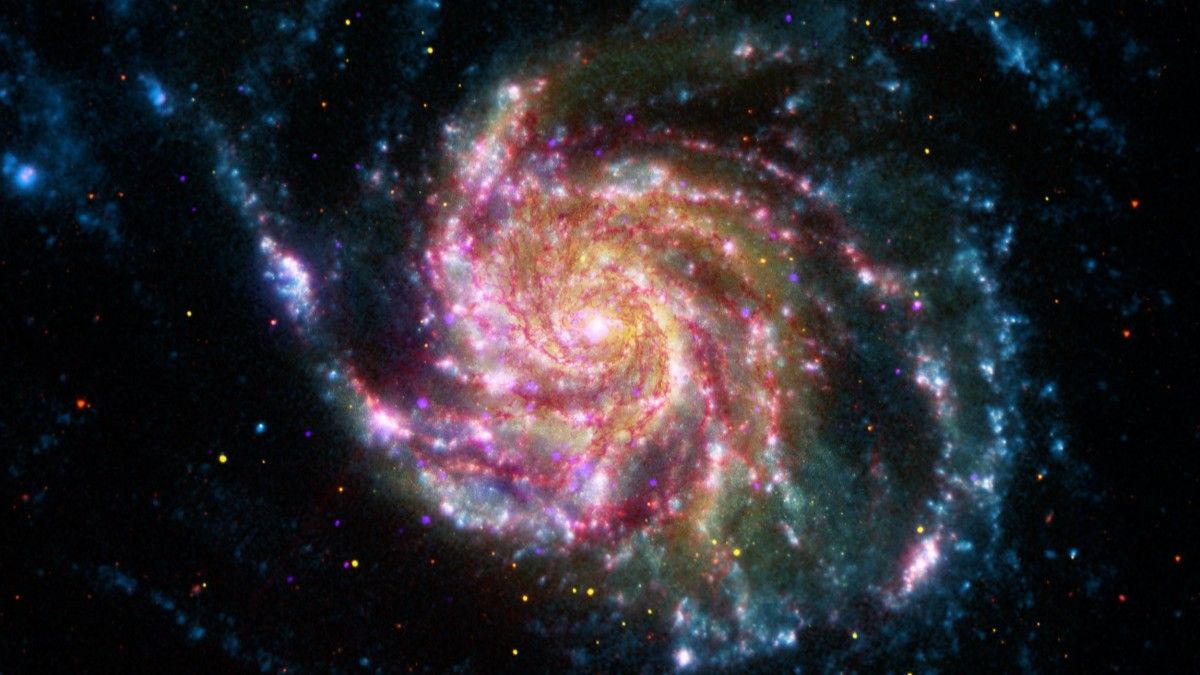
Related
How to Find Constellations in the Night Sky
Relaxing and sometimes practical.
4
Learning the Milky Way Wasn’t Computer-Generated
Another childhood misconception I held—and I feel pretty embarrassed saying it—is believing that pictures of the Milky Way were actually not real but were Photoshopped. I thought that someone took a picture of the night sky and painted a glowing cosmic strip across it.
My reasoning seemed solid—to me! In my defense, I grew up watching the night sky from a relatively unpolluted suburban neighborhood and while I saw plenty of stars, I never saw that spectacular glowing band that appeared in photographs. So, It had to be digital trickery!
This belief held firm for a long time until I went on a trekking trip to Sandakphu, a mountain peak rising about 11,929 feet above sea level. After a day of hiking, as darkness fell at that elevation, I looked up and froze! There it was—a faint but unmistakable river of light stretching across the sky. The Milky Way wasn’t computer-generated after all. It was real, just hidden from my everyday view by light pollution and other atmospheric interference.
Later, I learned that those spectacular photos involved long-exposure photography and post-processing techniques that enhance what’s actually visible. The photographers were actually capturing something authentic and right there up above us all!
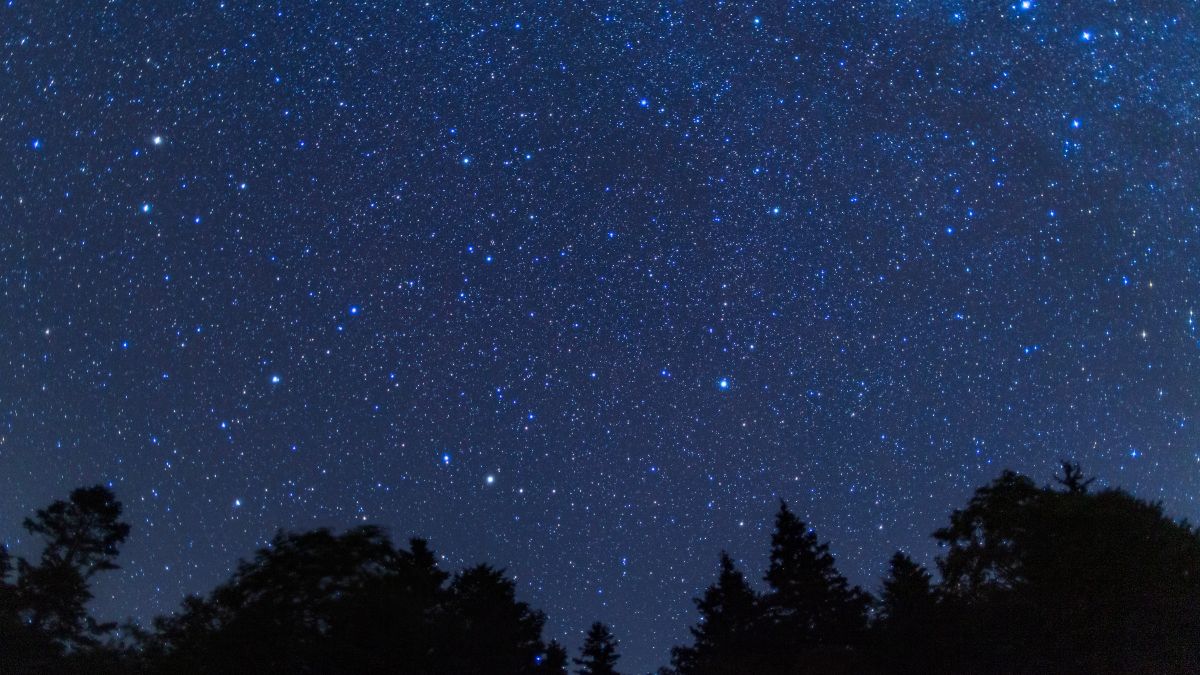
Related
How to Take Photos of Space With Your Phone
Use your phone to capture The Final Frontier.
3
Realizing I Could See Other Worlds
The same teacher who expanded my cosmic understanding lived nearby, and occasionally a few of us would visit his home for additional tutoring. During one visit, I noticed something I’d only seen in movies—a telescope!
When he offered to show us a few sights after our study session, I tried to contain my excitement. The first object he helped us find was the moon—familiar, yet utterly transformed through the eyepiece. What had always been a flat disc in the sky suddenly had depth, texture, and details? I could see craters and faint mountain ranges, and land structures.
But the real mind-bender came when he helped us identify planets. He showed us Venus, Jupiter and Saturn. And while they looked nothing better than just specks, it was a moment when the theoretical stuff just became tangible. They were places—actual worlds floating in space that I was seeing with my own eyes. The abstract had become concrete, and the universe suddenly felt accessible and more vast than ever before.

Related
I Won’t Buy a Telescope for Astronomy Without These 5 Features
A good telescope with a bad tripod starts to feel like a bad telescope pretty quickly.
2
Going Through the Wormhole With Morgan Freeman
Through the Wormhole was the first science documentary I actively watched every night on TV when it aired. While not exclusively focused on space, the series frequently explored cosmic phenomena like black holes, dark matter, and the multiverse theory.
In hindsight, I will admit that the series often leaned toward pop science rather than hard science. It sometimes prioritized the sensational over the strictly factual and occasionally presented speculative ideas with more certainty than was warranted.
But despite these limitations, the show served an invaluable purpose—it got me asking questions. The show actively talked about black holes and wormholes and ideas of time travel or faster than light travel, so I had to bring up some questions with my professors. This pushed me to go beyond my academic curriculum, read extra, engage in conversations with my professors and refine my understanding and appreciation of science and space, which is a part of who I am today!
1
Watching The Matrix and Contemplating Causality
Okay, The Matrix is not a movie about space. In fact, it literally has nothing to do with space, but it has something to do with causality—and if you bear with me for a moment, I’ll show you how that helped me develop a deep connection with the cosmos. In The Matrix Reloaded, there’s a scene where the character Merovingian delivers a monologue about how every action is simply the effect of a previous cause. This concept latched onto my teenage mind and wouldn’t let go.
If everything is indeed a chain of cause and effect, then theoretically, you could trace any current event backward through its causes indefinitely. I exist because of my parents, who exist because of their parents, and this trail leads back to the first humans, proto-humans, mammals, till we go back 3.7 billion years ago, when potentially the first organism took life.
But wait, these living organisms are just complex organic compounds which were made by combining hydrogen, carbon, nitrogen—elements that were made inside stars—stars which were made from cosmic clouds coming together whose origin we can trace back to the Big Bang.
And there it is! I come from space! Or as Carl Sagan would say: We are made of star-stuff! When I internalized this understanding, it shocked my very existence and I fell in love with space and cosmology all the more.
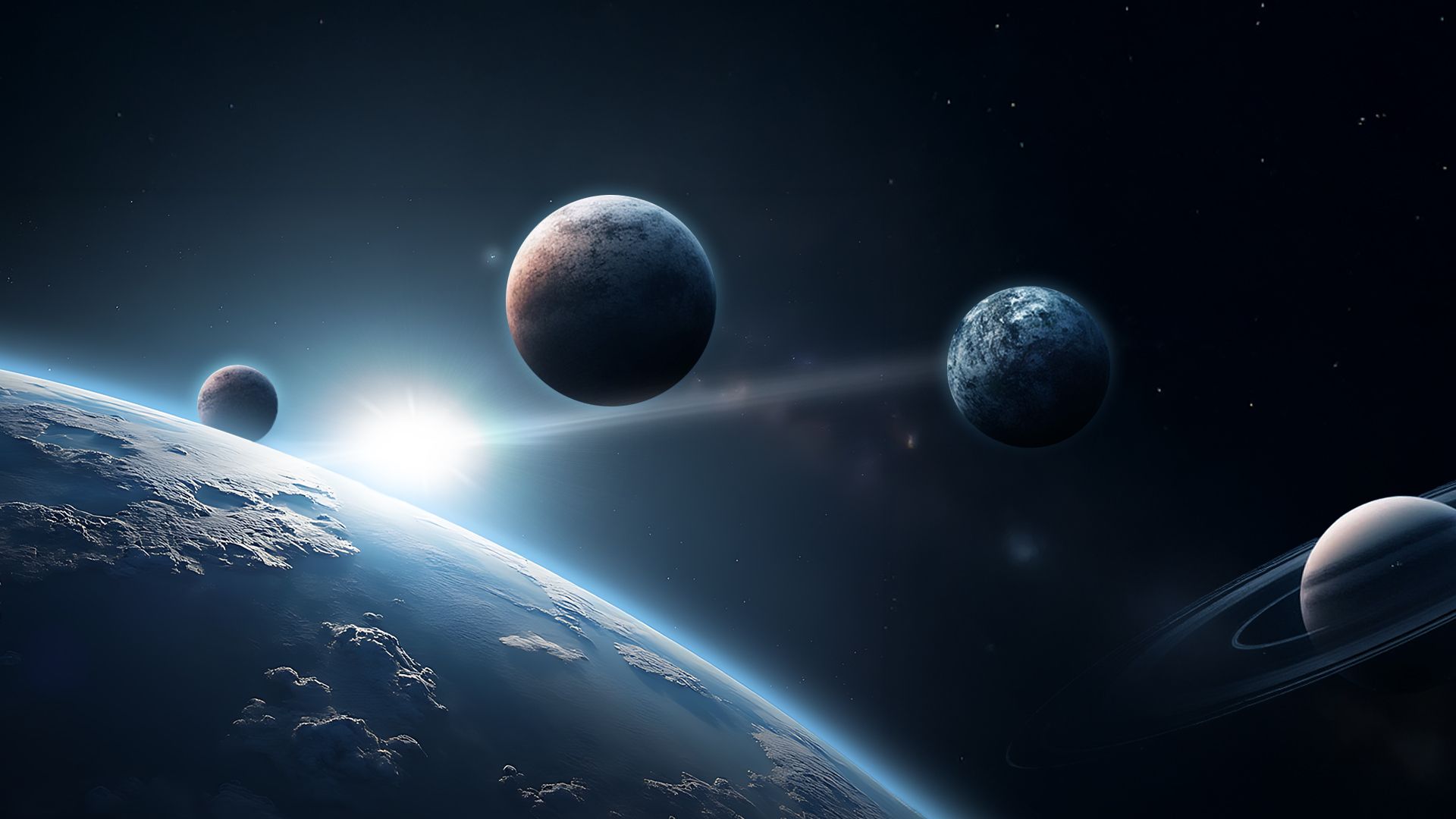
Related
3 Mind-Blowing Space Facts You Won’t Believe
The universe is a weird place.
And that’s my story of how I got interested in space and the cosmos. These seven seemingly random experiences connected like constellations to form my cosmic perspective that space isn’t just something I look up at—it’s the ultimate origin story, a reminder that understanding the stars means understanding ourselves.


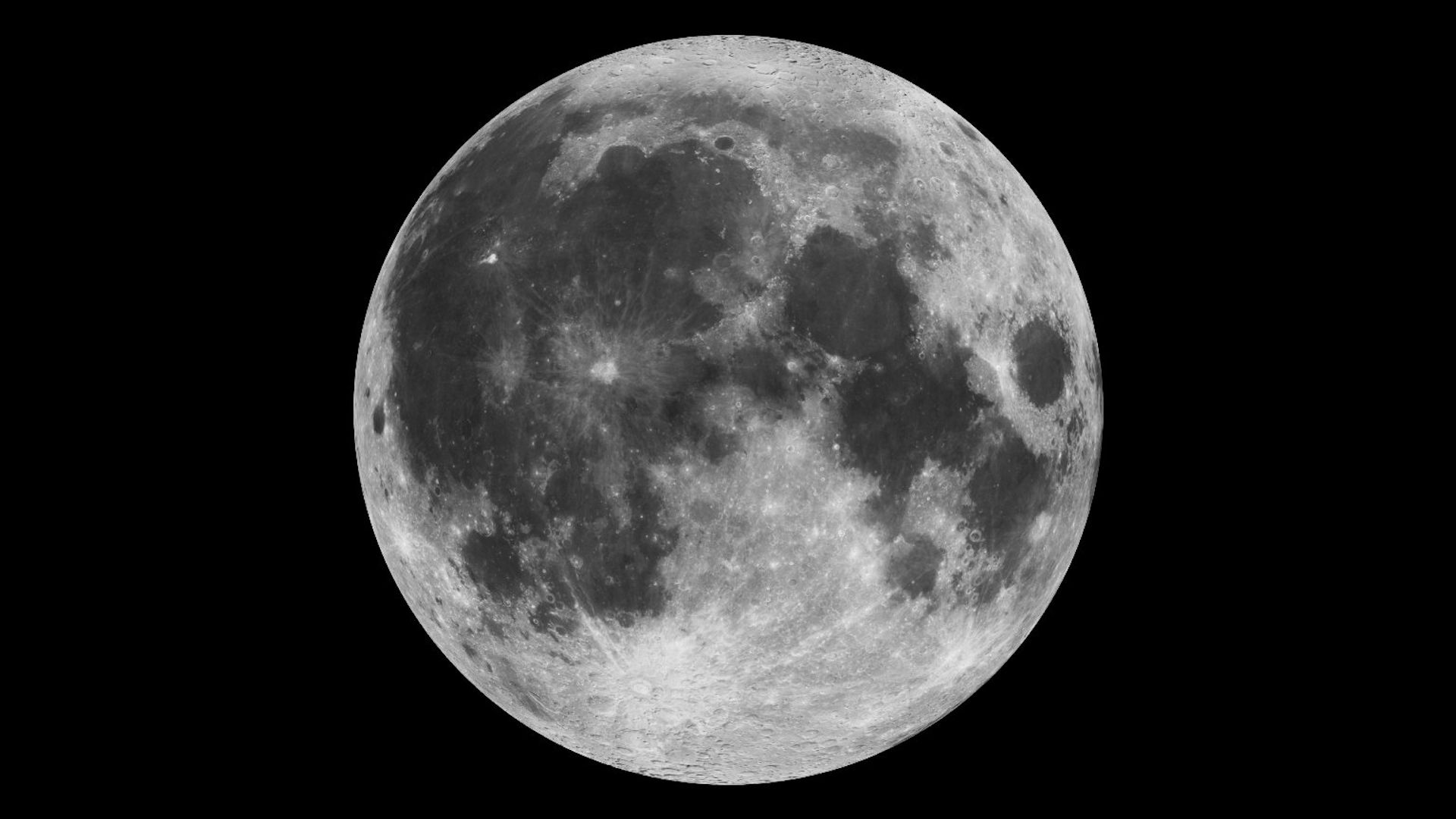
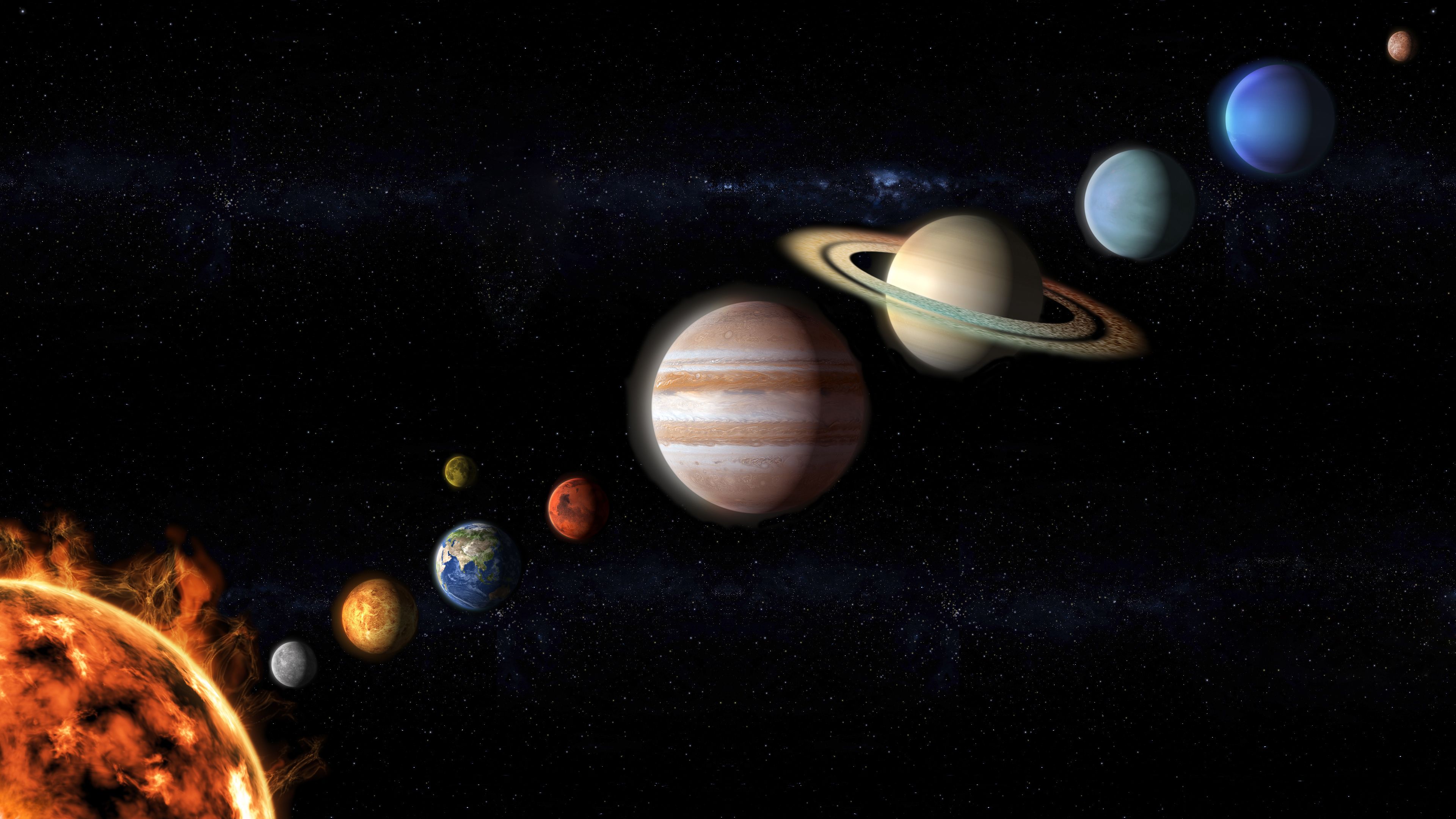

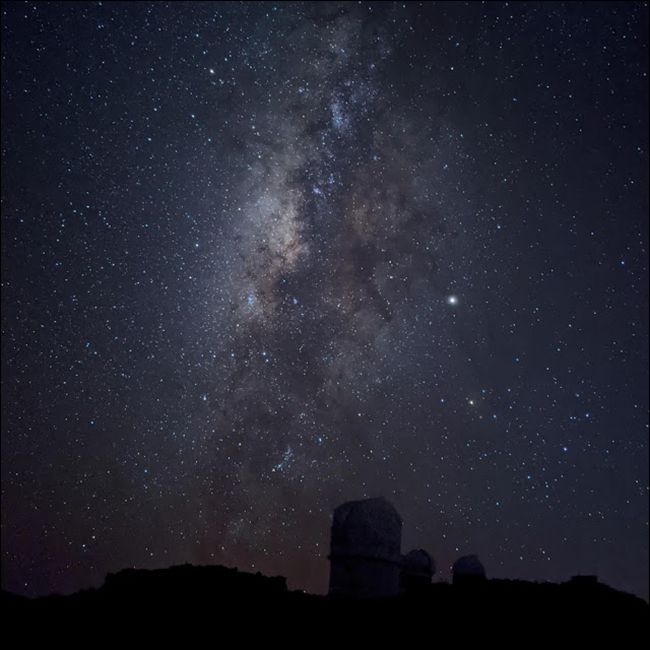
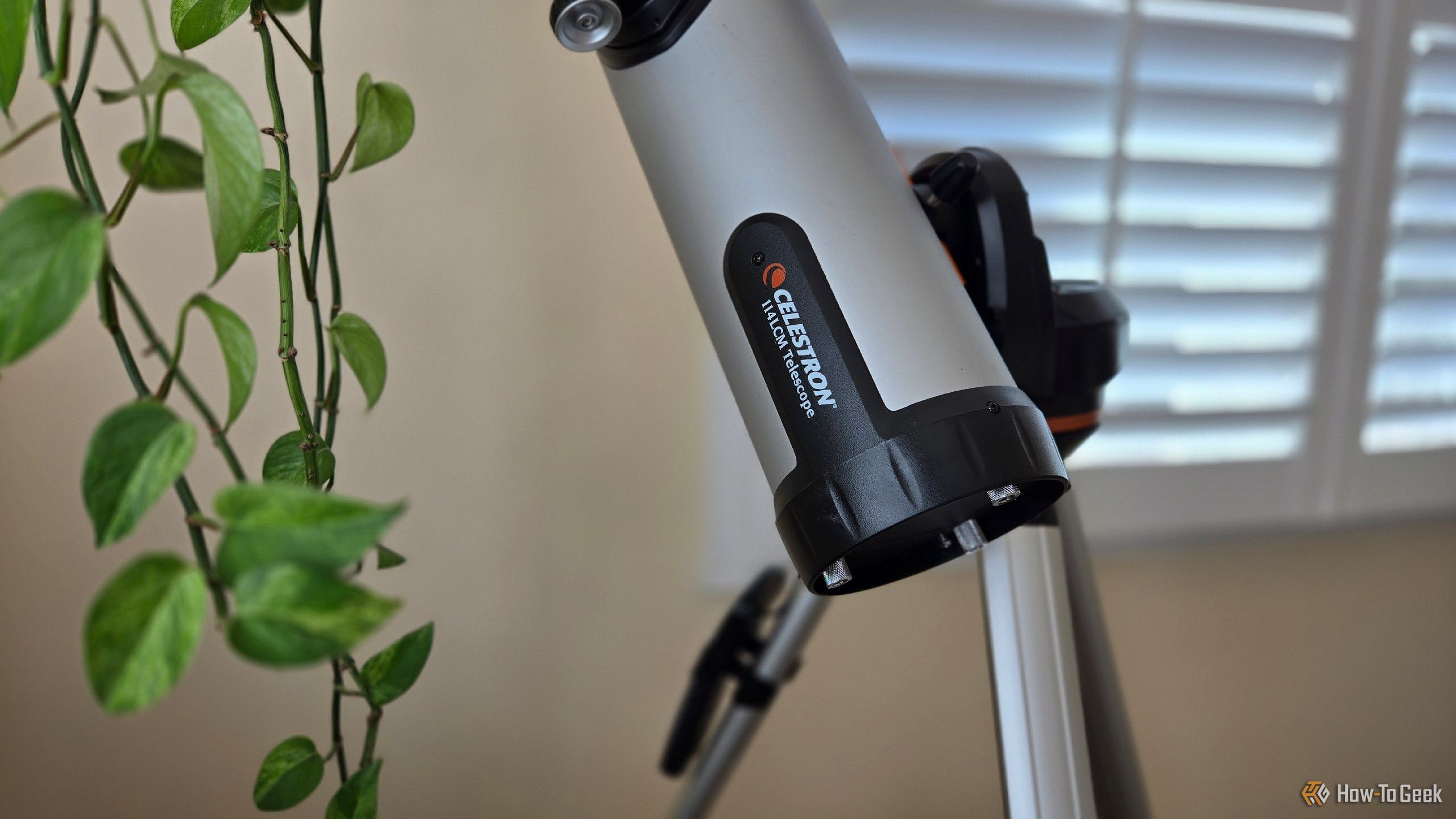
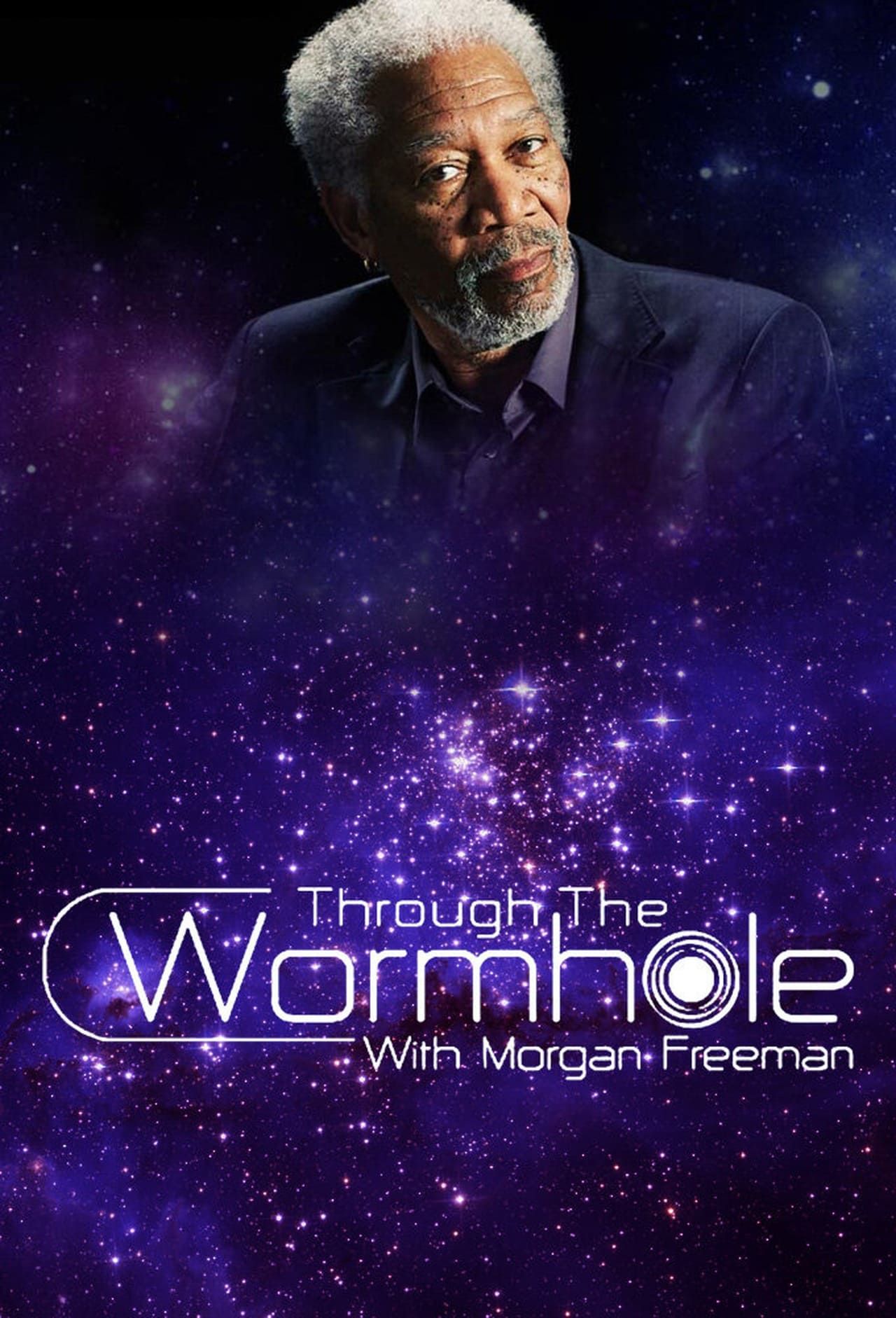
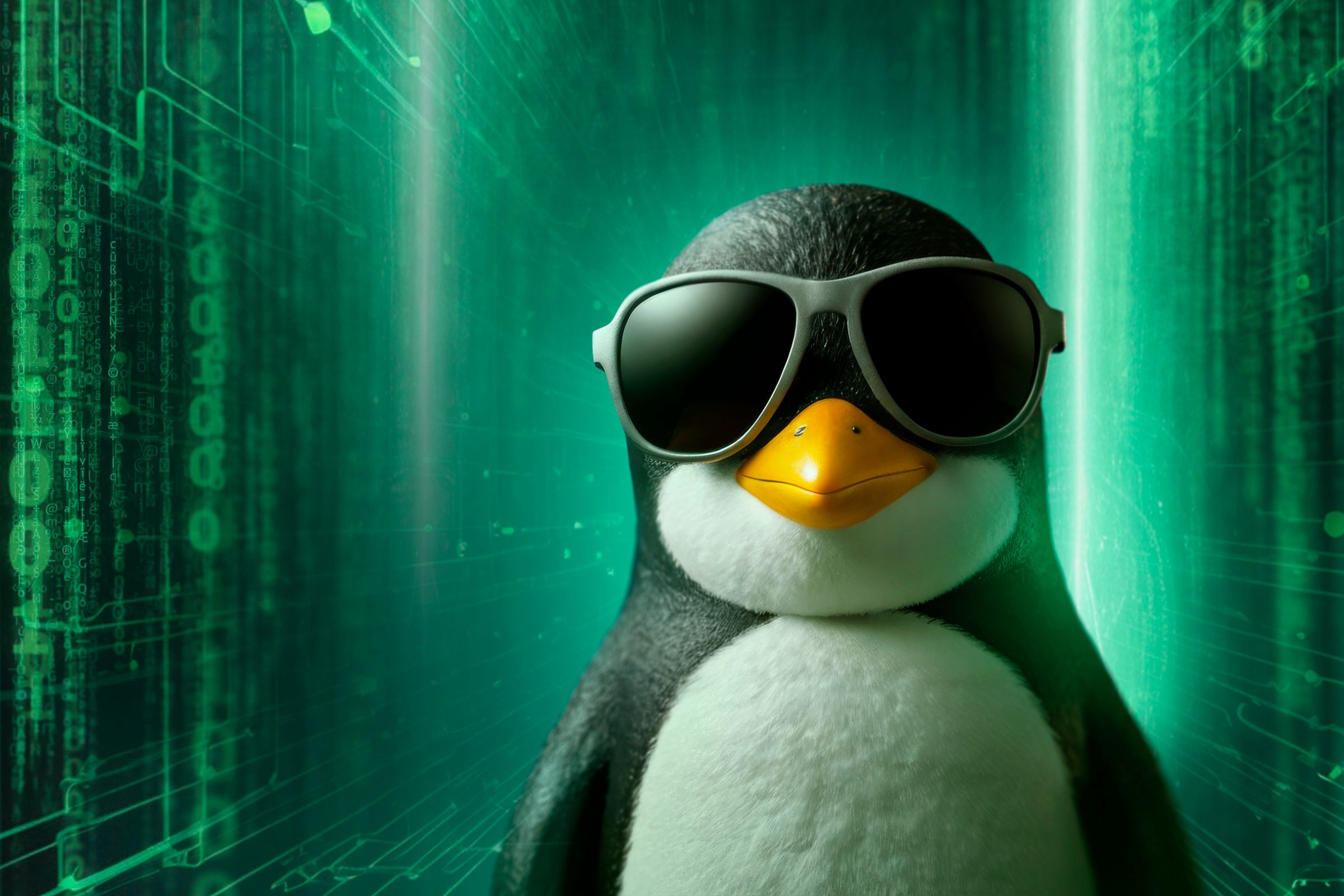





Leave a Comment
Your email address will not be published. Required fields are marked *